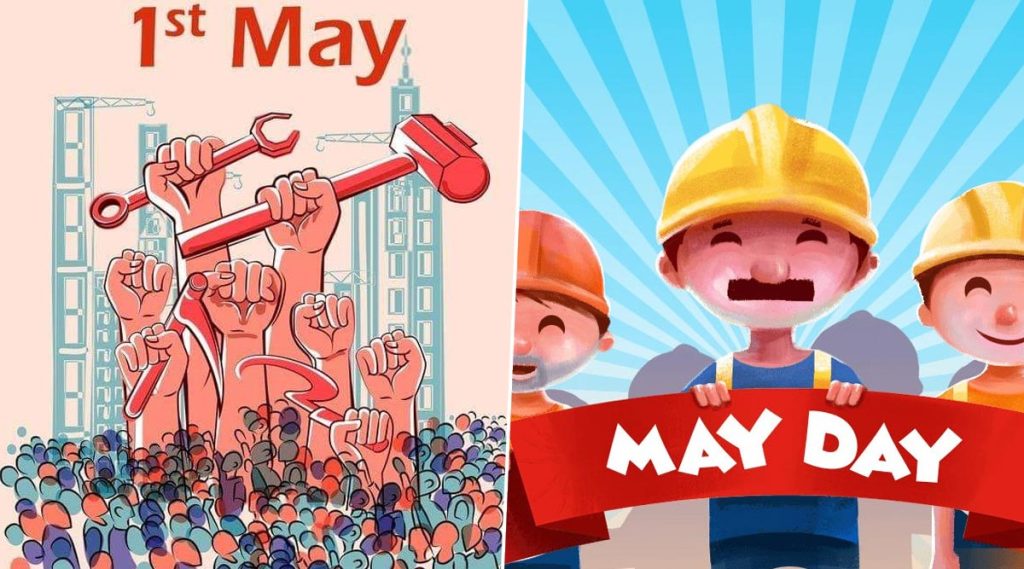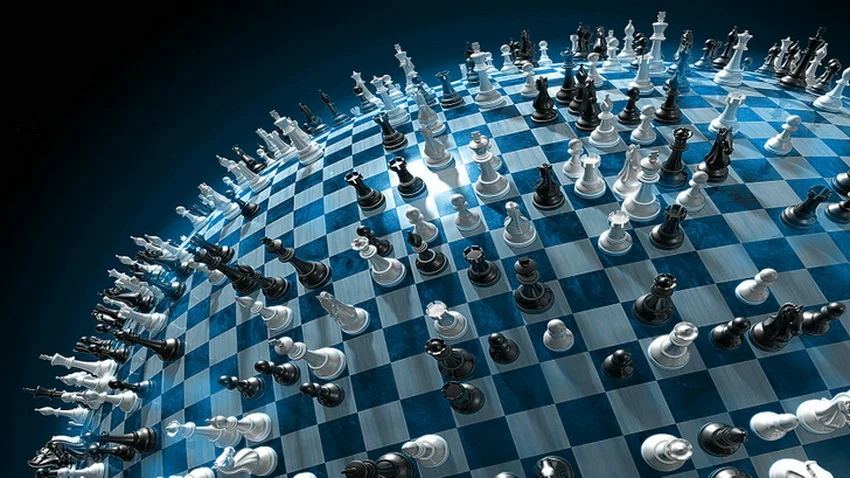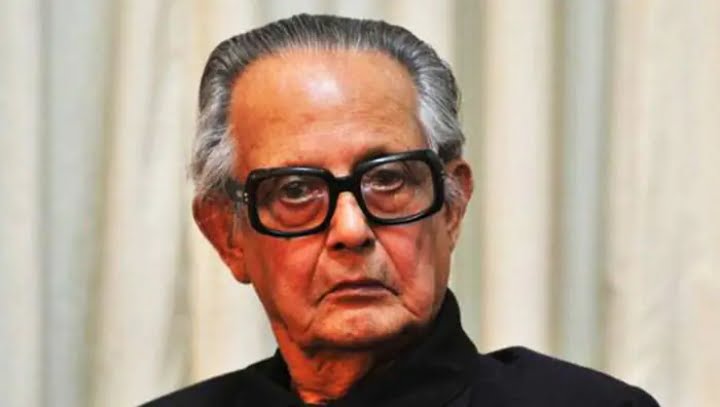India is the oldest civilization in the world. Its rich culture is full of vibrancy and diversity. Yet,it still held together by similarities. Theatre is a part of Indian history. It forms the backbone of the movies we enjoy. According to certain scholars, the emergence of the Indian Theatre can be traced back to the fifteenth century B.C. It further evolved into the way it is performed today after invasions and with the passage of time. Hence, it is impossible to think of theatre as a singular entity. Instead, it is better, if people take into account, the various types of theatres present in India. The various forms of this art are listed below.
Marathi Theatre
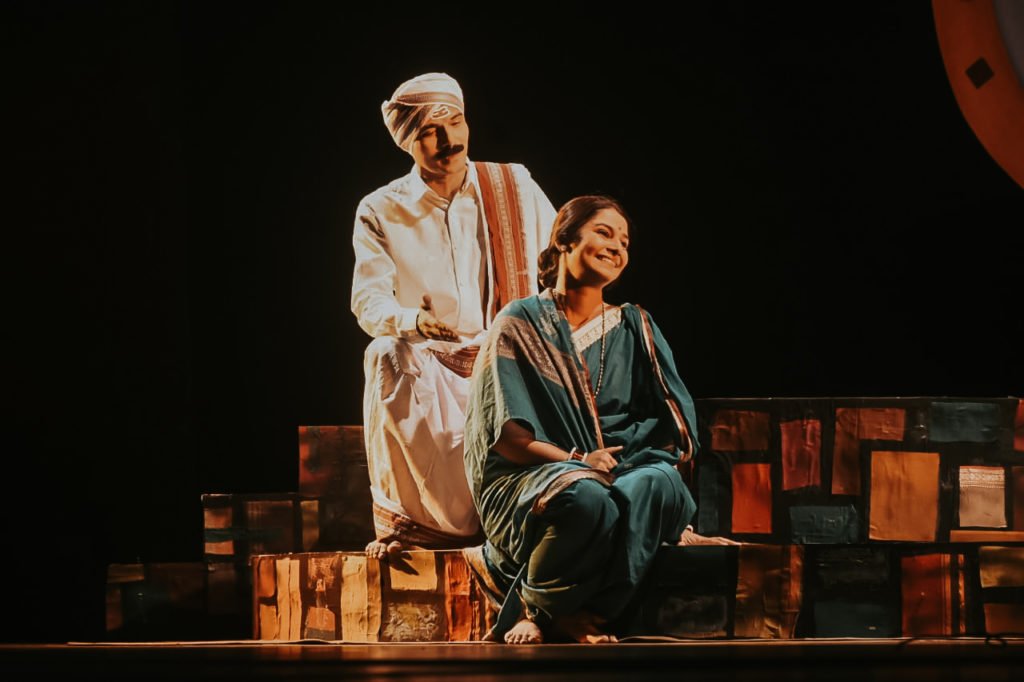
People, who have knowledge of Indian theatre, know about the presence of Marathi theatre. This theatre features plays in the Marathi language of Maharahtra. People say that this theatre began in the 19th century. Although according to research, the earliest references of Marathi theatre can be found in the Nasik caves. It dates back to first century B.C.
Royal courts were a witness to theatre performances. But then, Vishnudas Bhave decided to bring a stage play in the public, based on the Ramayan. Slowly, the theater gained momentum. Musical performances started taking place. Slowly, practitioners inserted the traditional forms of Tamasha and Dashavatar, adding new layers . People started adapting plays and techniques from foreign countries.
People like Vijay Tendulkar, Vijay Mehta and many others shaped this theatre. The current Marathi theatre is famous for having actors who have made their mark in Marathi as well as Hindi cinema, such as Mahesh Manjrekar, Atul Kulkarni, etc.
Hindi Theatre
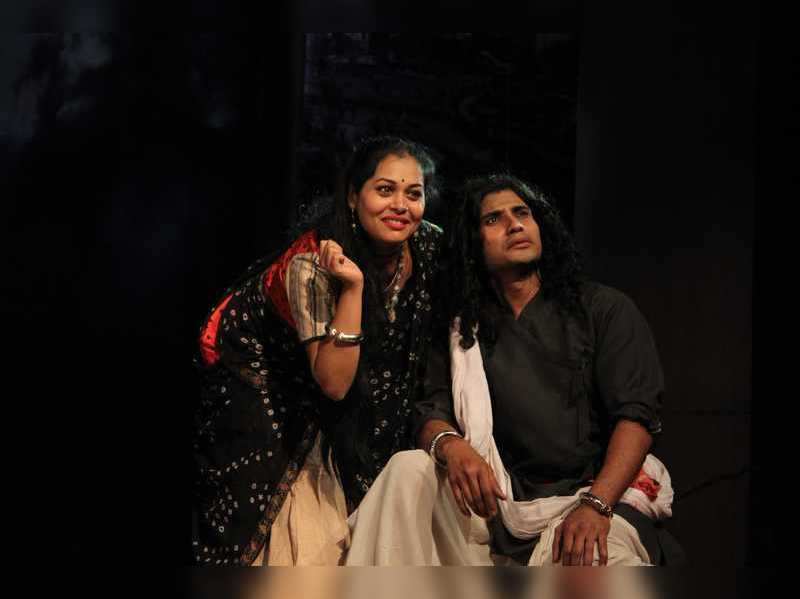
The Hindi language is one of the most popular languages of India. It produces plays in this language. It is mainly present in certain parts of Western, Central and Northern India. This theatre also shares certain features with Sanskrit Drama. The Mughal Empire began. It marked the end of Sanskrit as a common language as well as its theatre. Instead, regional languages like Maithili became the medium of plays. It draws inspiration from the traditional folk arts of Ramlila and Raslila.
So,when Bharatendu Harishchandra started the modern Hindi theatre in 1868, Hindi theatre began after a period of struggles. Finally, in 20th century, Hindi theatre was established properly. This was possible due to the combined efforts of Prithviraj Kapoor, Kaifi Azmi, Balraj Sahni, Habir Tamir,etc.
Today, Hindi theatre is extremely popular and boasts of producing actors like Shabana Azmi, Pankaj Kapoor, Shah Rukh Khan, Girish Karnad, Irrfan Khan, Manoj Bajpayee and many many more.
Urdu Theatre
Urdu is a language originating from Persian and Indian Languages. It is often called the language of romance. The language has its own theatre. It is a great influence on all modern Indian theatres. Urdu, along with Gujrati, Marathi and Bengali have kept drama alive.
Urdu theatre originates from the traditional dramatic conventions of North India. People like Nawab Wajid Ali Shah are largely responsible for it. The Bombay(now Mumbai) Film Industry started with several Urdu productions. Urdu theatre has gone through several changes , adopting Indian folk, Western playwrights , along with Iranian and Turkish stories.
People like Imtiaz Ali Taj, Krishan Chander, Manto, Prof. Mujeeb are widely responsible for this theatre today. People like Anis Javed, Zaheer Anwar, Iqbal Miyazi are popular playwrights of our generation.
Street Theatre(Nukkad Natak)
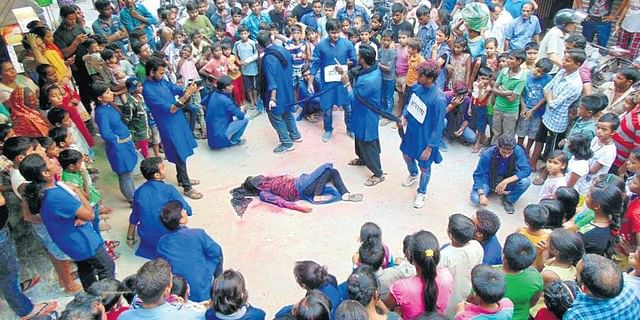
When one talks about the co-curricular activities of the college, we often wonder about a lot of dance and stage performances. However, there is also an image that comes to mind, of people wearing same-coloured clothes, performing Nukkad Natak.
Nukkad Natak is a street theatre. Nukkad means Street Corner. Hence, the name means the play on the street corner. This shows the simplicity of the art form. It always carries a relevant social message. It spreads awareness about social stigma and problems. Also, a group of youngsters wearing the same coloured clothes perform it. The simple language and effective narrative connect with the audience immediately.
Nukkad Natak is full of passion. Irony, humour and sarcasm present serious issues. However, almost all colleges have their own Nukkad Natak groups and even competition amongst several groups. This genre of drama is extremely popular and its popularity remains unmatched.
Final Thoughts
There are many, many other types of drama and theatre. Telegu, Sanskrit, Parsi, Gujrati, Bengali, Odia and others forms of theatres are very important. But,this article covers only four of them. Theatre is an essential part of many film industries and is a flourishing art. But, If you look at movies made for different age groups and even in children’s movies, you will find thespians. You can read our article Children Movies: 3 Children’s Movies from India You Should Watch.
Podium school offers you a chance to know more about the world of stage performances and acting. Check out our category of Acting Classes to find out more!!!
Share with your friends




